Is spring warmer than fall? Let’s find out!
I have always been a Geography geek. I often joke that I would rather read a map instead a book. I was always the one reading the road maps during my family’s summer camping trips. I was always fixated on looking at maps from the Age of Discovery… and when I was a kid I went through a phase of watching the Weather Network religiously. It probably had to do with showing data on the cool maps, or waiting for the weatherman to announce a snow day that would give me one more day to finish a school project. I haven’t figured what was the real reason.
Back in 1st year I remember a debate with someone as to whether Toronto’s temperature was a sinusoidal. What does that actually mean in English? Temperature rises and falls at a steady rate throughout the year. Spring is just as warm as fall, but the temperature changes in the opposite direction. The difference in temperature between summer and spring is the same as the temperature difference between winter and spring. An argument can last forever if you don’t look at the hard data, and it was difficult to do that kind of math quickly.
…that was until 2nd year. Excel allows you to do very basic regression, which is limited to linear, power, exponential models, etc. Luckily, in 2A Stats we learnt how to perform regression with other unique models. Finally, after spending $12 000 in tuition we learnt something useful! We had also learnt some helpful trigonometry identities… here’s the analysis I was able to do.
 Analysis in Excel (Right click to Save As)
Analysis in Excel (Right click to Save As)
Check out how your favourite Canadian cities fare up to the sinusoidal challenge!

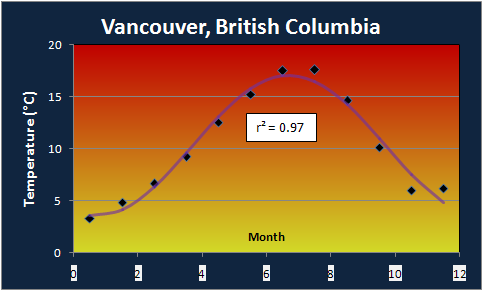

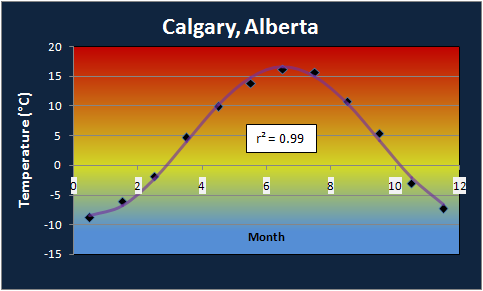

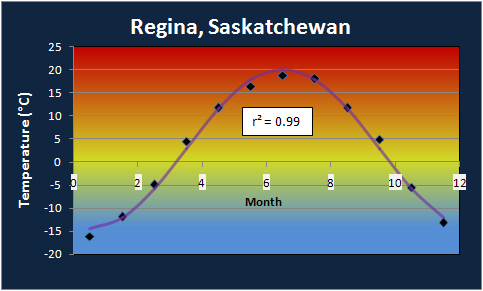

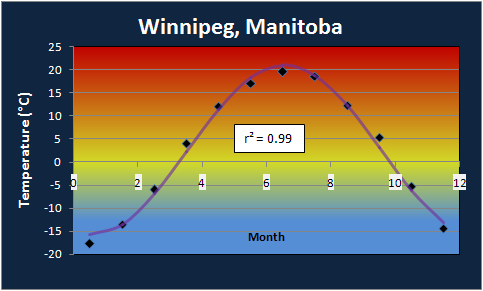

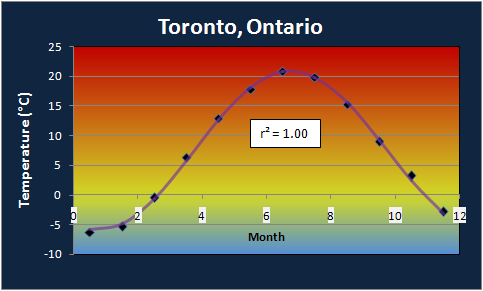

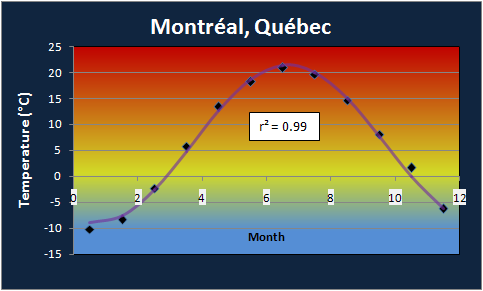

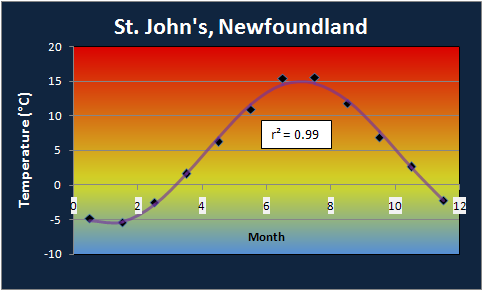

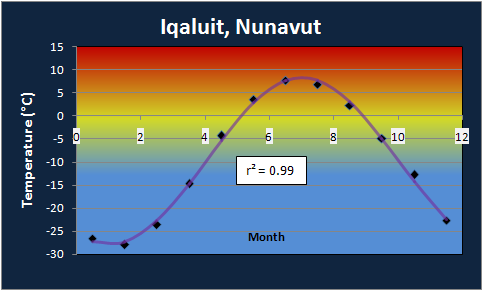
excel.png” alt=”Excel icon” width=”50″ height=”50″/>Analysis in Excel (Right click to Save As)
Check out how your favourite Canadian cities fare up to the sinusoidal challenge!

























Leave your response!